Parodia Buiningii is native to South America, specifically northern Uruguay and southern Brazil. It is known by the scientific synonym Notocactus buiningii. It is a solitary, flattened cactus and the most distinctive cactus in the Parodia category. It has the body of a bright emerald green that is truly precious and unique to those eyes who know it.
Despite its small size, its entire body is surrounded by ribs, about sixteen quite pronounced, straight and sharp, up to two centimeters high, with narrow, leaf-shaped tubercles between the areoles. These are woolly when the cactus is small and loses it as it grows.
It has between three and four central spines, forming a cross, straight, rigid and yellowish or straw color. The base is usually dark brown. Radial spines are very similar to central spines, only changing the amount (from two to three) and the size (they are smaller).
It is generally an easy to care for. It likes to keep cool and only needs a short break in winter. It can tolerate light frost as long as it does not exceed four degrees negative and is not very closely followed. It has excellent heat tolerance, so it needs only as many hours a day as possible. It also tolerates a light shade and dislikes the hot, intense sun in the central summer months.
If we have it in the best possible conditions, we can enjoy its flowers, because believe me when I tell you that it is very difficult to see them open, because it flowers between July and August and the flowers open in the morning, with the first rays of sun and close when the day ends. The flowers are seven centimeters long, eight in diameter and bright, pale yellow with a red-violet stigma that attracts much attention. When flowering ends, it gives way to small brown and elongated seeds at the base about three centimeters long and curiously also somewhat hairy.
It is best to irrigate very occasionally in winter so that the roots do not dry completely, and irrigate regularly in summer and spring (I would tell you, once every fortnight in spring and once a week in summer always ensuring that the substrate is completely dry before returning water). Some producers suggest using only rainwater. But be careful as it will easily rot if the substrate is wet and cold. It usually loses its roots in winter.
Finally, this species occasionally requires a small amount of iron to land. If we pass through the humidity, we will cause the cottony mealybug to appear which is very easily hidden between its ribs and if we do not detect it in time, it can lead Parodia to death.
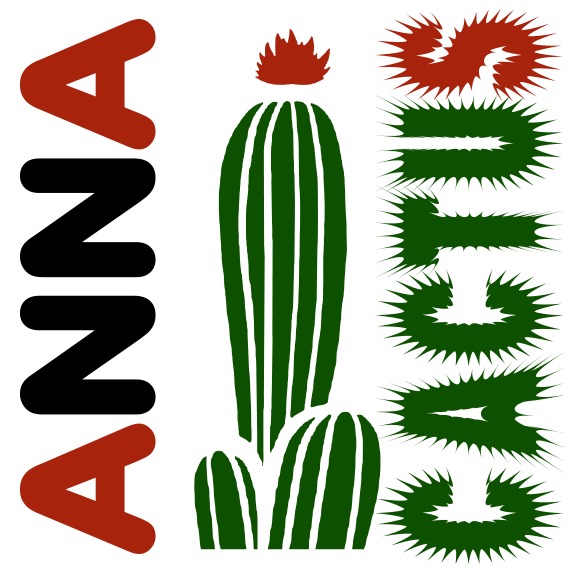
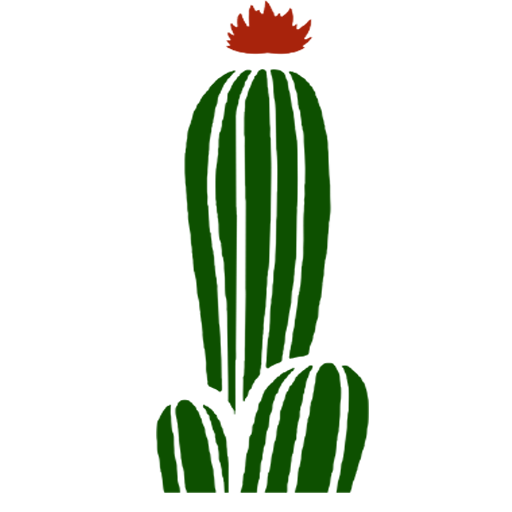
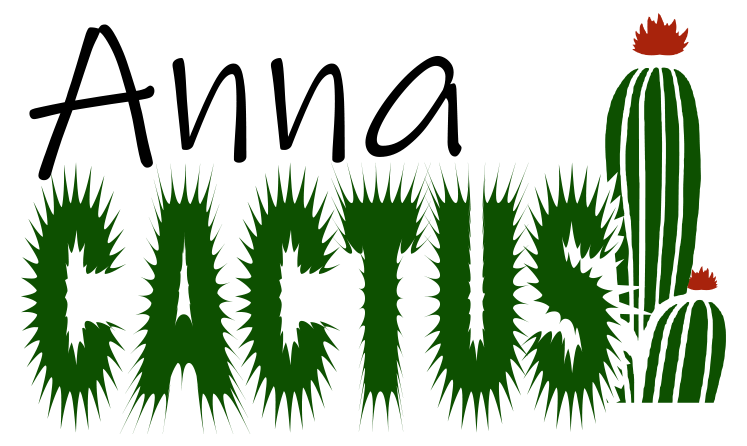



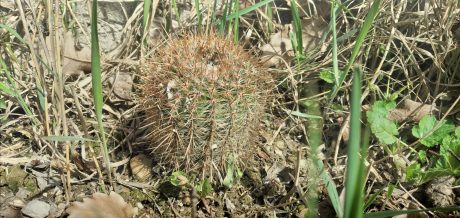
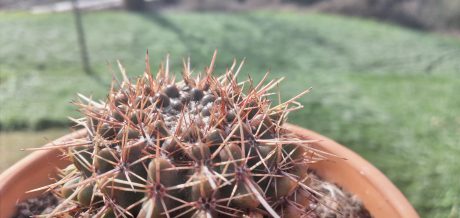
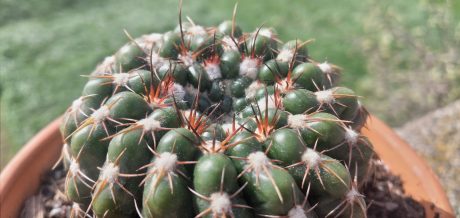
Reviews
There are no reviews yet.